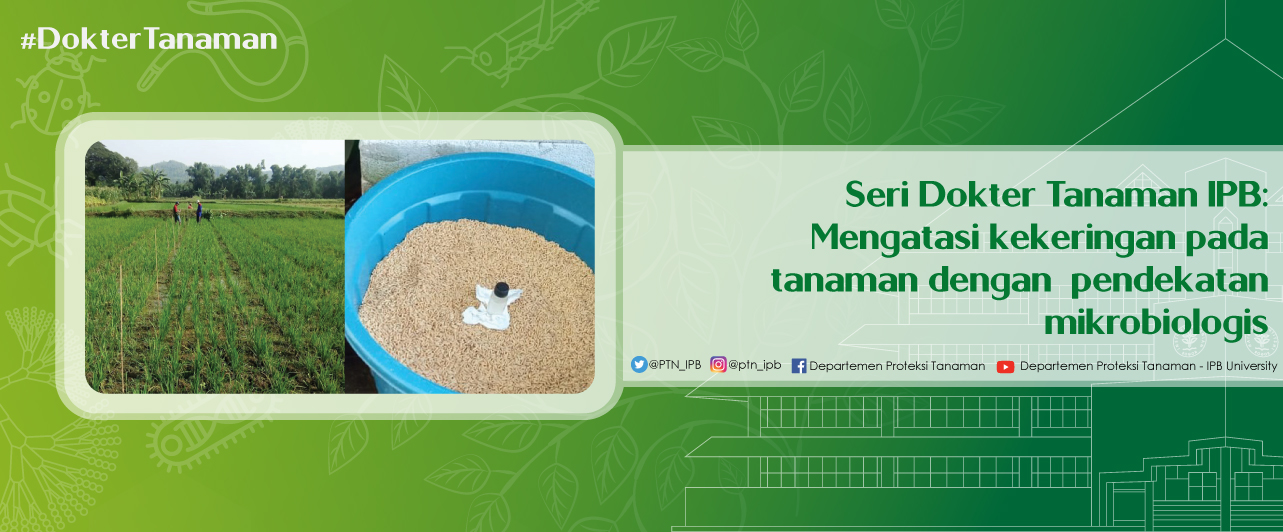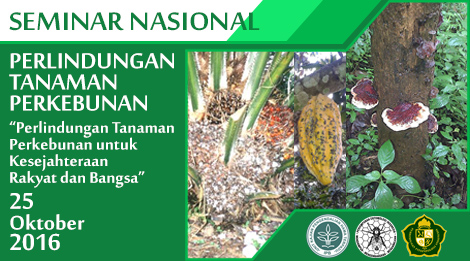
IPB Plant Doctor Series: Overcoming drought in plants with a microbiological approach
Drought is an event that can actually be predicted through climatological approaches and other supporting sciences. Drought that will occur can be anticipated in advance in order to minimize the impact of a disaster.
Drought not only affects rural and urban areas but also animals and plants, especially agriculture. Here are some techniques that have been researched and practiced by farmers in several places in Indonesia, especially on rice and chili plants.
1. Organic matter treatment
The modification of the soil in question is to make improvements to the water storage capacity in the soil and to facilitate the infiltration of water into deeper soil. The solution, especially for soils that have low organic matter below 2%, is the addition of organic matter.
Organic matter is added not only as an increase in water holding capacity but also as a reactor for biological and chemical properties in the soil. So that in addition to increasing water storage for a longer resistance, it is also able to help provide the nutrients that plants need.
Organic matter in sandy soil acts as an adhesive so that water can survive in top soil and in clay soil as a stretcher between soil molecules so that the soil becomes crumbly and water does not run off or just pass because it is difficult to enter the soil.
The organic material can be in the form of compost, straw mulch, husks or anything that can be used as a soil amendment or soil improvement material. These materials can also come from plants or plants or livestock residues, both manure and wasted feed residues that are close to agricultural land. Of course this in the long term can increase soil fertility and the sustainability of soil benefits. The return of straw to rainfed rice fields in Kuningan, Subang and Blora has been shown to reduce the frequency of irrigation using a water pump by 60%
2. Use of PGPR (Plant Growth Promoting Rhizobacteria) and (Plant Growth Promoting Fungi) PGPF
PGPG aims to increase root growth and development so that it becomes more extensive. The many and dense roots can help plants to deal with drought stress. In addition, it also helps plants in providing nutrients with soil nutrient solubilizing bacteria such as phosphates and so on. With more extensive roots, plants are more drought tolerant. The use of PGPR in chili in the Plant Clinic trial in Cibungbulang, Bogor, reduced mortality due to drought by 72%.
3. Use of endophytic fungi
Endophytic fungi are fungi that live in plant tissues. Some special isolates of endophytic fungi such as Penicillium sp. IPB Plant Clinic isolate, can increase rice resistance to extreme drought. This endophytic fungus makes plants drought tolerant by influencing the opening and closing of stomata. This technique has been tested by rice farmers and has succeeded in strengthening rice from drought in Bojonegoro, Tegal, and Indramayu.
Article by:
Dr. Ir. Suryo Wiyono, M.Sc.Agr
#DokterTanaman #DokterTanamanIPB #Drought #PGPR #AgensHayati









.jpg)